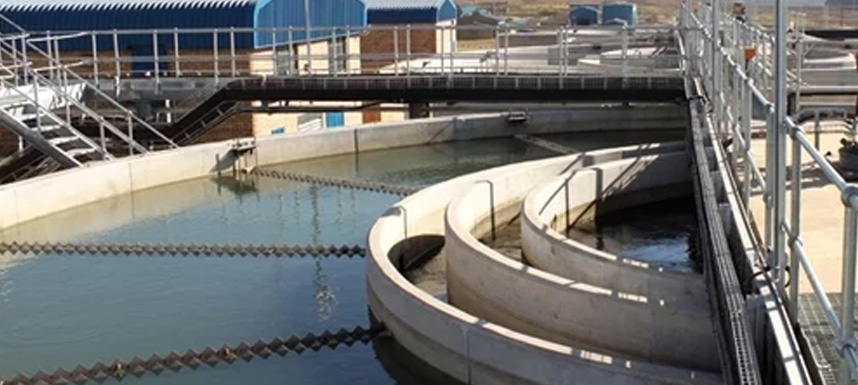
Demystifying Sewage Treatment Plants: Understanding the Inner Workings of Wastewater Treatment
Sewage treatment plants are not just essential infrastructure for safeguarding public health and protecting the environment, they are also a shared responsibility. These facilities treat wastewater from homes, businesses, and industries to remove contaminants and pollutants before it is discharged into the environment or reused. In this article, we will delve into the inner workings of sewage treatment plants, exploring the sewage treatment process steps, the operation of wastewater treatment plants, the role of biological sewage treatment methods, the importance of filtration, and the significance of disinfection in wastewater treatment. By understanding these processes, you are taking an active part in ensuring the effectiveness and sustainability of wastewater treatment practices.
Sewage Treatment Process Steps:
The sewage treatment process is a fascinating journey designed to purify wastewater. It starts with the primary treatment stage, where physical processes like screening and sedimentation kick in, removing large solids through filtration and settling. Next up is the secondary treatment, a biological wonderland featuring activated sludge or trickling filter systems. Finally, the treated wastewater embarks on its last adventure, the tertiary treatment, which includes additional filtration, disinfection, and nutrient removal to enhance water quality.
Wastewater Treatment Plant Operation:
Operating a wastewater treatment plant is not just a process; it's a complex and meticulously managed system. Trained operators oversee the various stages of treatment, ensuring that equipment is functioning correctly, monitoring water quality parameters, and adjusting treatment processes as needed. Wastewater treatment plants operate 24/7, utilizing mechanical, biological, and chemical methods to treat wastewater and effectively meet regulatory requirements for effluent quality. This intricate operation is a testament to the importance of wastewater treatment in our society.
Biological Sewage Treatment Methods:
Biological sewage treatment methods rely on microorganisms to break down organic matter and pollutants in wastewater. These methods harness the natural ability of bacteria and other microbes to metabolize organic compounds, converting them into more straightforward, less harmful substances. Common biological treatment processes include activated sludge, where wastewater is aerated to promote microbial growth, and trickling filters, where wastewater is trickled over a bed of media inhabited by microorganisms.
Role of Filtration in Sewage Treatment:
Filtration is crucial in sewage treatment, removing suspended solids and other impurities from wastewater. Processes such as sand filtration, microfiltration, and ultrafiltration help clarify the water, improving its appearance and reducing the concentration of contaminants. Filtration also serves as a pre-treatment step for disinfection, ensuring that microbial pathogens are effectively targeted during the final stage of treatment.
Importance of Disinfection in Wastewater Treatment:
Disinfection is a critical final step in the sewage treatment process, destroying or inactivating harmful microorganisms in the treated wastewater. Standard disinfection methods include chlorination, ultraviolet (UV) irradiation, and ozonation, each of which effectively eliminates pathogens to prevent the spread of waterborne diseases. Disinfection ensures that the treated wastewater meets stringent quality standards for safe discharge into receiving water bodies or reuse for non-potable purposes.
Conclusion
In conclusion, sewage treatment plants protect public health and the environment by treating wastewater to remove contaminants and pollutants. Understanding the inner workings of these facilities, including sewage treatment process steps, wastewater treatment plant operation, biological sewage treatment methods, the role of filtration, and the importance of disinfection, is essential for ensuring the effectiveness and sustainability of wastewater treatment practices. As populations grow and environmental pressures mount, continued investment in sewage treatment infrastructure and advancements in treatment technologies will be crucial in meeting the challenges of wastewater management in the 21st century.
Get in Touch
Connect with us today for tailored solutions, exceptional service, and transformative results for your wastewater needs.
Call us on
+91-97650-10082
Email us
support@agileventures.in
